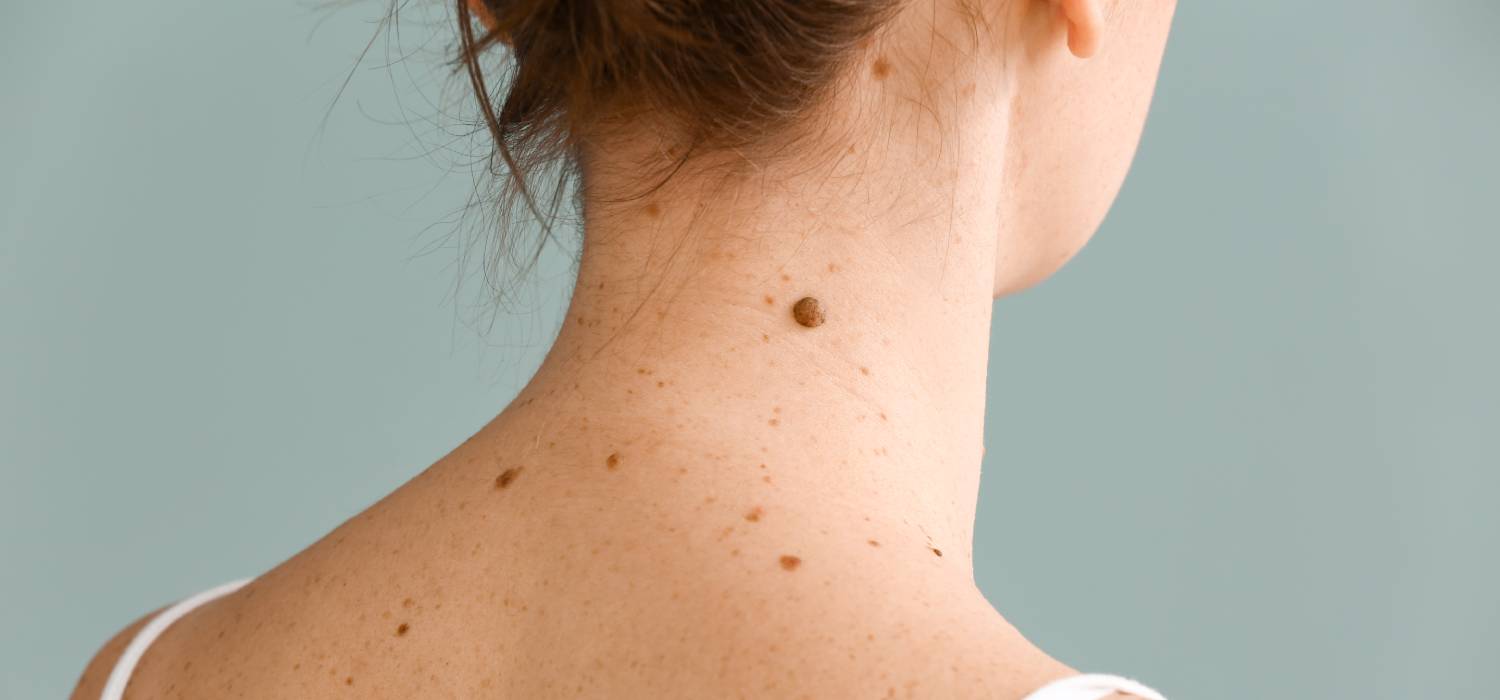Learn More About Moles
Moles are melanin-producing skin lesions that form on the skin of most adults. These circular or oval-shaped lesions can appear brown, black or reddish-brown. The texture may be flat, raised, wrinkled or rough, and the moles may or may not have hair. Most adults will have 10 to 40 moles scattered across their bodies, collectively known as nevi. While harmless, many people consider them unsightly blemishes that they’d like to have removed. Dr. Bolante at Parasol Dermatology is here to help.
Treatment and Removal Of Moles
Every mole is different, and every patient feels differently about even the harmless ones. In most cases, the moles themselves are harmless. However, if they are irregularly shaped or colored, or if they continue to grow, they may need medical attention. Moles are generally separated into five different types, including:
- Atypical Nevi: These are moles that have irregular edges and are flat or bumpy. Generally harmless, they do present a higher risk of forming melanoma. This risk is even higher if multiple moles are clustered into one area. It’s important for a qualified dermatologist like Dr. Bolante to inspect moles like this.
- Halo Nevi: As implied by the name, these moles form a white circular ring around the skin that no longer produces color. These moles can fade, and, when they do, the skin takes on the natural color of healthy skin. These moles aren’t dangerous in any way.
- Dermal Melanocytic Nevi: These nevi are brown and raised above the skin. They frequently grow hair and are generally not cancerous.
- Junctional Melanocytic Nevi: Known as the common mole, these are generally brown, flat and round.
- Congenital Noles: One percent of all people are born with various sizes, shapes and colors of moles. Those born with exceptionally large moles are at greater risk of developing melanoma.
The good news is that most moles pose no health risk to the patient. However, it’s important to monitor any changes in color, size or texture. These signs can point toward melanoma. If you find a mole that is greater in diameter than a standard pencil eraser, schedule an appointment with our office immediately.
When Is It Important To Remove A Mole?
Moles are generally easy to remove, involving minor surgical procedures. There are two forms of surgery used to address moles. These include excisional surgery and shave excision. The former involves the use of a scalpel to remove the mole. The latter involves using a small knife to remove the mole. In both cases, Dr. Bolante will be certain to provide a local anesthetic to prevent any discomfort.
Schedule a consultation with Parasol Dermatology to have your moles assessed and any risks determined. Dr. Bolante will work closely with you to identify any causes for concern and to develop a treatment plan that suits you.


